Rising Energy Demand
The increasing demand for energy in the United States is a primary driver for the offshore wind market. As the population grows and industries expand, the need for sustainable energy sources becomes more pressing. The offshore wind market is positioned to meet this demand, with projections indicating that by 2030, offshore wind capacity could reach 30 GW, providing enough energy to power millions of homes. This surge in energy requirements necessitates a shift from traditional fossil fuels to renewable sources, thereby enhancing the attractiveness of offshore wind projects. Furthermore, the offshore wind market is likely to benefit from advancements in turbine technology, which can increase efficiency and reduce costs, making it a viable option for meeting future energy needs.
Investment Incentives
Investment incentives play a crucial role in the growth of the offshore wind market. The U.S. government has introduced various financial mechanisms, such as tax credits and grants, to stimulate investment in renewable energy projects. For instance, the Investment Tax Credit (ITC) offers a 30% tax credit for offshore wind projects, significantly lowering the financial barrier for developers. This financial support encourages private sector investment, which is essential for the offshore wind market to flourish. In 2025, the total investment in offshore wind projects is projected to exceed $70 billion, reflecting the growing confidence of investors in the sector. Such incentives not only attract capital but also foster innovation and competition within the offshore wind market.
Technological Advancements
Technological advancements are transforming the offshore wind market, enhancing efficiency and reducing costs. Innovations in turbine design, such as larger rotor diameters and higher capacity factors, are enabling projects to generate more energy at lower costs. The offshore wind market is witnessing the deployment of floating wind farms, which allow for energy generation in deeper waters where wind resources are often more robust. These advancements could potentially increase the total capacity of offshore wind installations in the U.S. to over 40 GW by 2035. Moreover, improvements in installation techniques and maintenance practices are likely to further reduce operational costs, making offshore wind a more competitive energy source in the evolving energy landscape.
State-Level Renewable Energy Goals
State-level renewable energy goals are instrumental in propelling the offshore wind market forward. Many U.S. states have established ambitious targets for renewable energy generation, with some aiming for 100% clean energy by 2050. These mandates create a favorable regulatory environment for the offshore wind market, encouraging investments and project development. For example, states like New York and New Jersey have set specific offshore wind capacity targets, which are expected to drive the installation of thousands of megawatts of offshore wind capacity in the coming years. Such state-level initiatives not only enhance energy security but also contribute to job creation and economic growth, further solidifying the offshore wind market's role in the U.S. energy landscape.
Public Support for Renewable Energy
Public support for renewable energy is a significant driver for the offshore wind market. As awareness of climate change and environmental issues grows, there is an increasing demand for clean energy solutions. Surveys indicate that approximately 70% of Americans favor the development of offshore wind projects, recognizing their potential to reduce greenhouse gas emissions and create jobs. This public backing is crucial for policymakers to prioritize renewable energy initiatives, thereby fostering a conducive environment for the offshore wind market. Additionally, local communities often benefit from job creation and economic development associated with offshore wind projects, further solidifying public support and driving the expansion of the market.


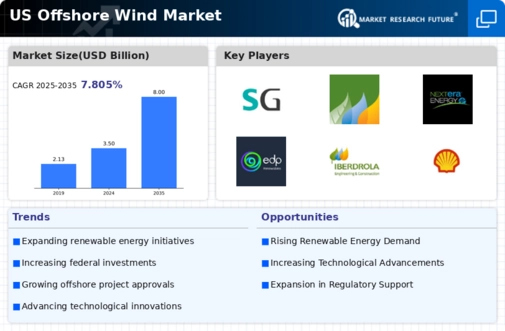
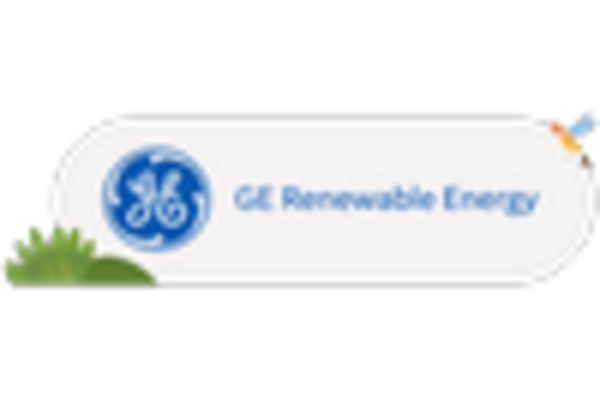
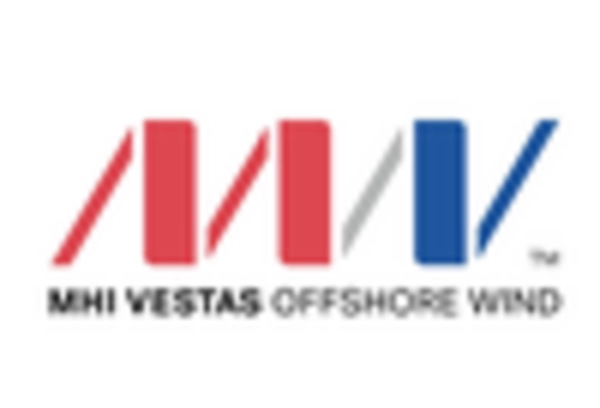
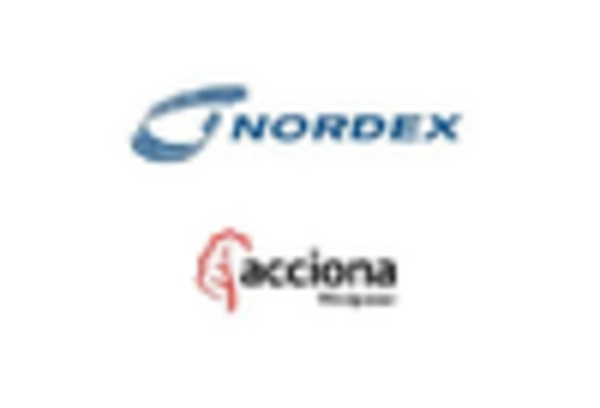

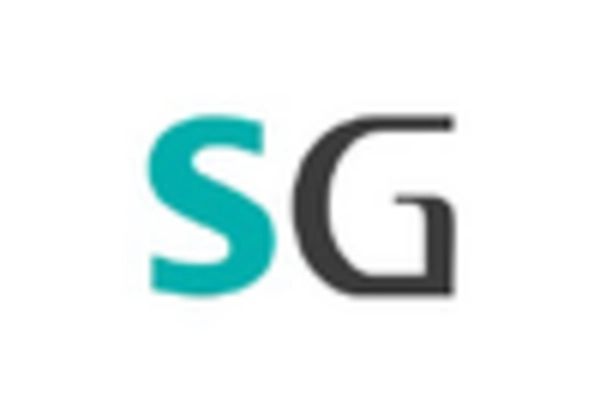









Leave a Comment